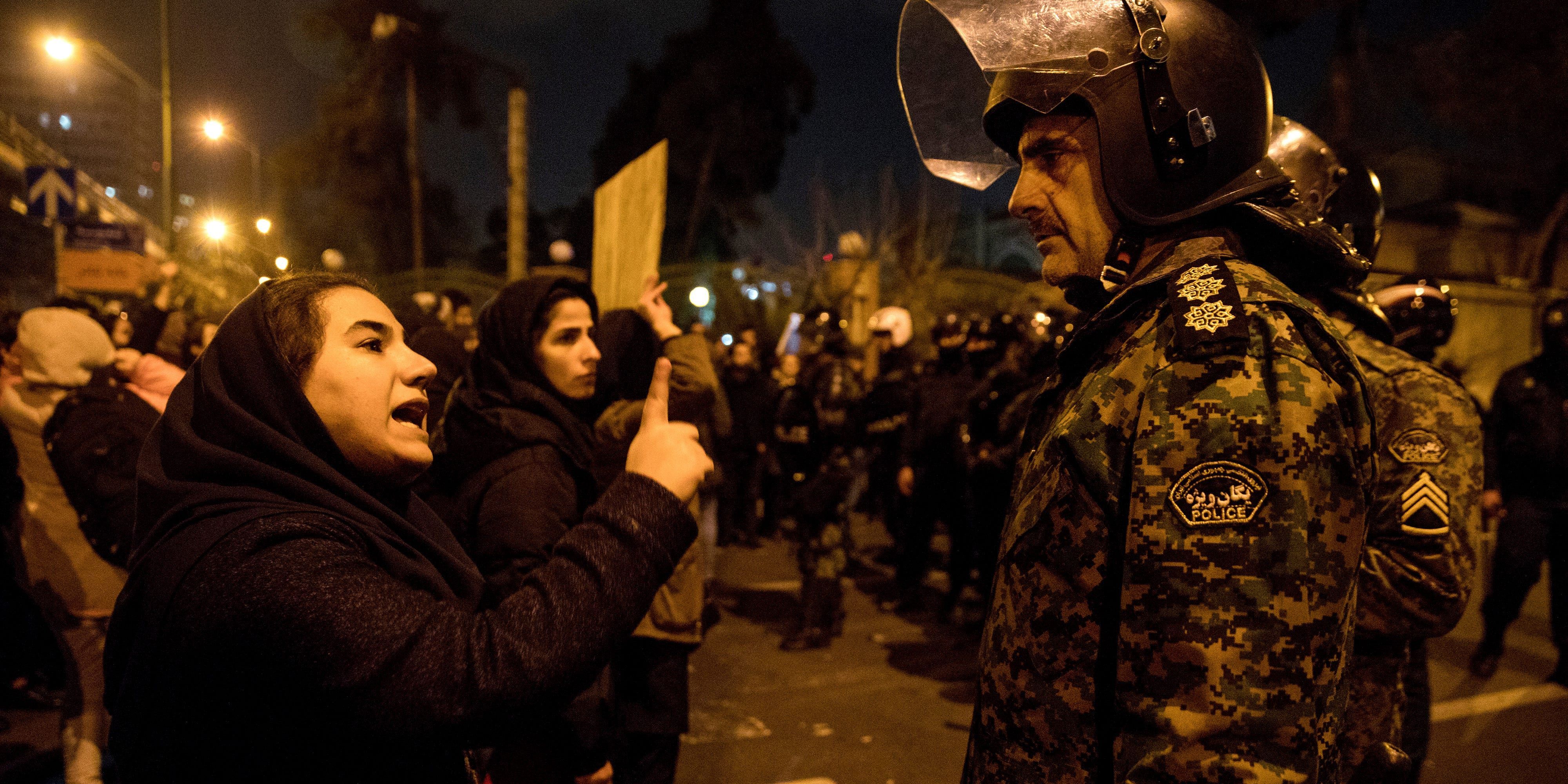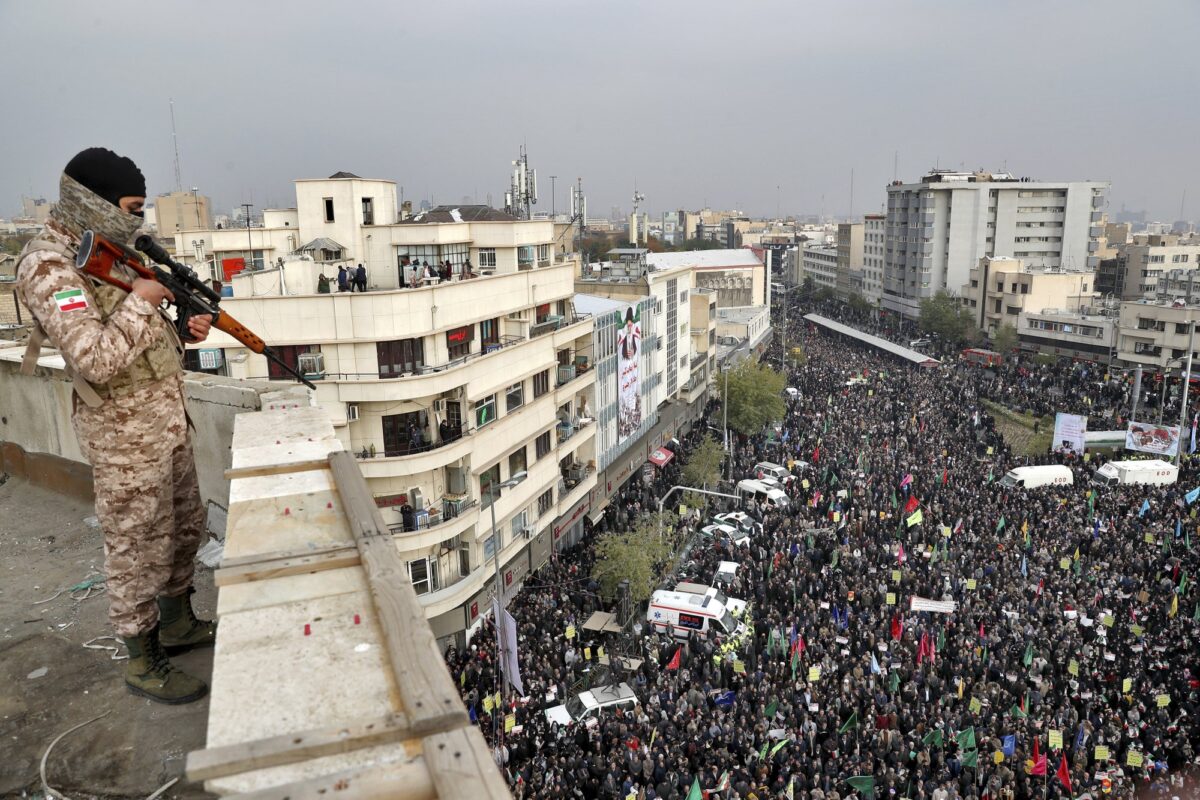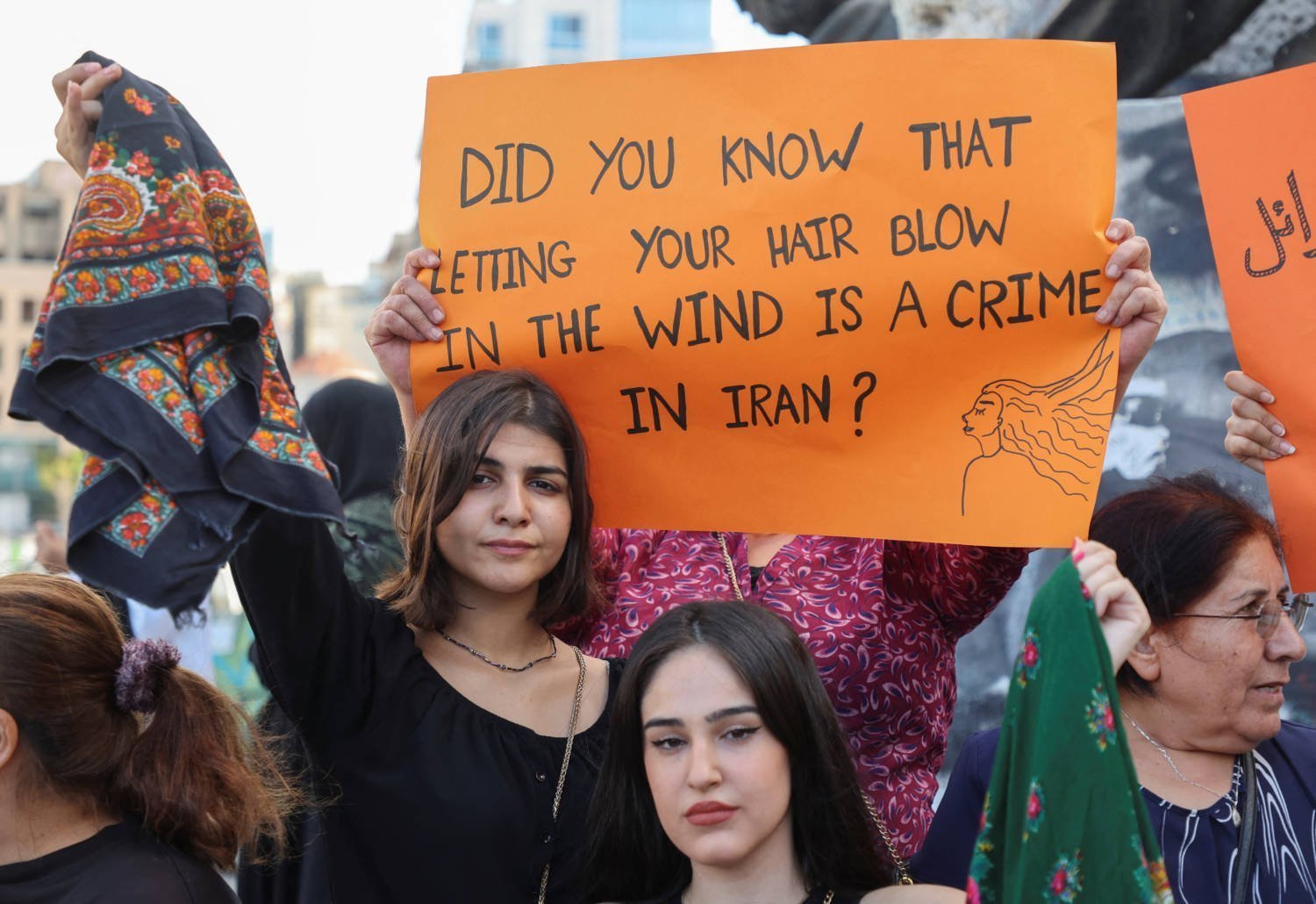Political Landscape and Governance: News Iran

Iran’s political system is a unique blend of Islamic principles and democratic elements, characterized by a complex web of institutions and figures. The system operates within the framework of the 1979 Constitution, which establishes a theocratic republic with the Supreme Leader as the ultimate authority.
The Supreme Leader and the President
The Supreme Leader is the highest-ranking authority in Iran, holding ultimate power in religious, political, and military matters. He is responsible for appointing key officials, including the President, the judiciary, and the military leadership. The President, on the other hand, is the head of the executive branch and is responsible for implementing policies and overseeing the day-to-day running of the government. He is elected by the people, but his powers are limited by the Supreme Leader. The dynamic between the Supreme Leader and the President reflects the balance of power within the Iranian system, where the Supreme Leader holds ultimate authority, but the President plays a crucial role in implementing policies.
Political Factions
Iranian politics is characterized by a complex interplay of different political factions, each with its own ideology and agenda. These factions can be broadly categorized into:
- Principlists: This group is generally considered to be more conservative and supportive of the Islamic Republic’s core principles. They advocate for a strong role for the clergy in government and a strict adherence to Islamic law.
- Reformists: This group emphasizes social and economic reforms, advocating for greater individual freedoms and a more moderate approach to Islam. They generally support a more open and participatory political system.
- Moderates: This group sits between the Principlists and Reformists, advocating for a balance between religious principles and social progress. They often seek to find common ground between the two factions.
The power dynamics between these factions are constantly shifting, with alliances and rivalries forming and dissolving based on various factors, including economic conditions, foreign policy, and social issues.
Impact of International Sanctions
International sanctions have had a significant impact on Iran’s economy and governance. These sanctions, imposed by the United States and its allies, target Iran’s oil exports, financial institutions, and other key sectors. They have led to economic hardship for ordinary Iranians and have hampered the government’s ability to implement its policies. The sanctions have also contributed to political tensions within Iran, with some factions blaming the government for failing to alleviate the economic pressures caused by the sanctions.
Economic Developments and Challenges

Iran’s economy is a complex and dynamic system, heavily influenced by its vast oil reserves and its strategic location in the Middle East. While the country boasts a rich history of economic activity, it faces numerous challenges, including international sanctions, political instability, and a dependence on oil exports.
Key Sectors and Industries, News iran
Iran’s economy is diverse, with key sectors contributing significantly to its GDP.
- Oil and Gas: Iran holds the world’s fourth-largest proven oil reserves and is a major oil exporter. This sector plays a crucial role in the economy, generating substantial revenue and employment.
- Manufacturing: The manufacturing sector is a significant contributor to Iran’s GDP, encompassing industries like automotive, petrochemicals, steel, and textiles. The government has implemented policies to encourage domestic production and reduce reliance on imports.
- Agriculture: Iran has a long history of agricultural production, with wheat, rice, and fruits being major crops. However, the sector faces challenges like water scarcity and inefficient irrigation practices.
- Tourism: Iran has a rich cultural heritage and numerous historical sites, making it a potential tourism destination. However, political tensions and sanctions have limited tourist arrivals.
- Services: The services sector is growing in importance, with areas like banking, finance, and telecommunications experiencing rapid development.
Impact of Oil Prices and Global Economic Trends
Iran’s economy is significantly impacted by global oil prices and economic trends.
- Fluctuations in Oil Prices: High oil prices benefit Iran’s economy, boosting government revenue and stimulating economic activity. However, low oil prices have a negative impact, reducing export earnings and government income.
- Global Economic Slowdowns: Global economic downturns can affect Iran’s economy by reducing demand for its oil exports and hindering foreign investment. Conversely, periods of global economic growth can lead to increased demand for Iranian goods and services.
- International Sanctions: Economic sanctions imposed by Western countries have significantly impacted Iran’s economy, limiting its access to international financial markets and hindering trade. These sanctions have had a negative impact on investment, growth, and living standards.
Challenges Facing Iran’s Economic Growth and Development
Iran faces numerous challenges in achieving sustainable economic growth and development.
- Economic Sanctions: International sanctions have significantly hampered Iran’s economic growth and development, limiting access to foreign investment, technology, and financial markets.
- Political Instability: Political instability and regional conflicts can disrupt economic activity, discourage investment, and create uncertainty for businesses.
- Corruption: Corruption is a major challenge for Iran’s economy, undermining transparency, accountability, and fair competition.
- Unemployment: Iran has a high unemployment rate, particularly among young people, which puts pressure on the government to create jobs and provide social support.
- Inflation: Inflation can erode purchasing power, reduce savings, and make it difficult for businesses to plan for the future.
- Inequality: Income inequality is a growing concern in Iran, with a significant gap between the wealthy and the poor. This can lead to social unrest and instability.
- Water Scarcity: Iran faces severe water scarcity due to climate change and inefficient water management practices, which can impact agricultural production and economic growth.
- Dependence on Oil: Iran’s economy is heavily reliant on oil exports, making it vulnerable to fluctuations in global oil prices and demand. Diversifying the economy and reducing reliance on oil is crucial for long-term economic stability.
Economic Policies of Different Iranian Administrations
Iran’s economic policies have varied under different administrations, reflecting different priorities and approaches.
- The Khatami Administration (1997-2005): This administration focused on economic liberalization, privatization, and promoting foreign investment. It aimed to attract foreign capital and integrate Iran into the global economy.
- The Ahmadinejad Administration (2005-2013): This administration pursued a more populist and nationalist economic policy, emphasizing self-reliance and reducing dependence on foreign investment. It implemented social welfare programs and increased government spending, leading to higher inflation and economic challenges.
- The Rouhani Administration (2013-2021): This administration aimed to improve Iran’s economy by attracting foreign investment, easing economic sanctions, and promoting trade. It implemented economic reforms, including a currency float and a reduction in subsidies. However, the administration faced challenges in implementing its policies due to sanctions and political tensions.
- The Raisi Administration (2021-Present): This administration has focused on reducing poverty and inequality, supporting domestic production, and promoting economic self-reliance. It has also sought to improve relations with neighboring countries and regional powers.
Social and Cultural Trends

Iran’s social and cultural landscape is a complex tapestry woven with threads of tradition, religion, modernity, and global influences. The country’s rich history, diverse ethnicities, and strong sense of national identity contribute to a unique cultural experience.
Role of Religion and Family
Religion plays a pivotal role in Iranian society, shaping many aspects of daily life. Islam, specifically Shia Islam, is the official religion and serves as a unifying force. Religious values and beliefs are deeply ingrained in the fabric of society, influencing morality, law, and social norms. The family structure is traditionally patriarchal, with strong emphasis on family ties and extended family networks. Family gatherings and celebrations are integral parts of Iranian culture, reflecting the importance of community and shared experiences.
Education and Social Mobility
Education is highly valued in Iran, and the government invests heavily in its development. The country boasts a high literacy rate and a strong emphasis on scientific and technical fields. Education is seen as a path to social mobility and a key factor in individual and national progress. Universities and research institutions play a significant role in shaping the intellectual landscape and fostering innovation.
Impact of Social Media and Technology
The rise of social media and technology has had a profound impact on Iranian society, particularly among the younger generation. Social media platforms have become a powerful tool for communication, information dissemination, and expression. While the government exercises strict control over internet access and content, social media has nonetheless facilitated the spread of ideas and alternative viewpoints. Technology has also led to increased access to global trends and cultural influences, fostering a sense of interconnectedness with the wider world.
Emerging Trends in Youth Culture
Iranian youth are increasingly exposed to global trends and influences, leading to a dynamic and evolving youth culture. Young Iranians are embracing new forms of expression, fashion, and music, reflecting a desire for self-expression and individuality. The rise of social media has provided a platform for youth to connect, share their experiences, and challenge traditional norms. Despite societal pressures and limitations, Iranian youth are actively shaping the future of their culture through their creativity, innovation, and desire for change.
News iran – News from Iran can be a whirlwind of information, often focusing on political and social unrest. But sometimes, a break from the headlines is needed. For a moment of calm, you might find yourself drawn to the very mindful very demure tiktok aesthetic, a trend that emphasizes quiet beauty and slow living.
It’s a reminder that even amidst global events, there’s a space for personal reflection and serenity. And perhaps, a bit of tranquility can offer a fresh perspective on the news from Iran.
News from Iran is always a hot topic, with the country often making headlines for its political and economic struggles. But beneath the surface of these current events, a long history of tension simmers between Iran and Israel, a story of conflict and mistrust that has shaped the region for decades.
To understand the complexities of Iran’s current situation, it’s important to consider the history of this conflict, which you can learn more about here. Understanding the roots of this rivalry is key to deciphering the news coming out of Iran today.
